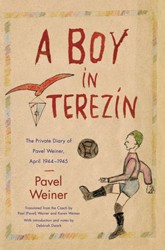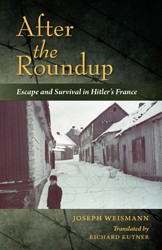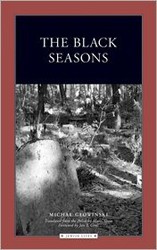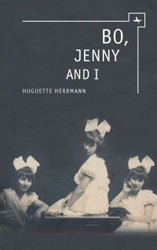The question of why the Jews — and other people deemed undesirable to the Nazis — did not leave Germany in the years prior to the Austrian Anschluss, when they were able to do so, is explored in Some Girls, Some Hats and Hitler. It draws the reader into the grim reality of remaining alive while seeking the means and methods of escape, and trying to maintain a sense of normalcy throughout.
During the years leading to World War II, Jews had penetrated the highest levels of society. They participated in high ranking social circles, which was very important to status-conscious Germans and Austrians. When legal emigration was no longer an option, avenues of escape became more critically urgent. The documents needed and the difficulty acquiring them often became a matter of who you knew. The clerk in a visa office became more sought after than the wealthy person, although money certainly smoothed the way.
Trudi Kanter relates the emotional roller coaster she was on in attempting to get to England with her parents and the love of her life, Walter. The reader shares their terror and resultant cycles of inertia, hope and finally galvanization of emotional resources that Ms. Kanter, her family and friends all brought to bear.
As the violence increased and countries closed their borders, the drive to escape intensified. The author helps us to understand the complex reality of a Jew’s existence under these conditions.
The characters in the book are based on people in the author’s life; the events are as she remembered them. Ms. Kanter does not ignore the acts of kindness exhibited by the good people whose surreptitious help made the difference between life and death for many potential victims of the Nazi regime.

Nonfiction
Some Girls, Some Hats and Hitler: A True Love Story Rediscovered
- Review
By
– October 3, 2012
Naomi Kramer is a retired reading consultant teacher who developed curriculum for using literature to educate children and adults in the history of the Holocaust. She is a docent and educator at the Holocaust Memorial and Tolerance Education Center of Nassau County.
Discussion Questions

Jewish literature inspires, enriches, and educates the community.
Help support the Jewish Book Council.



